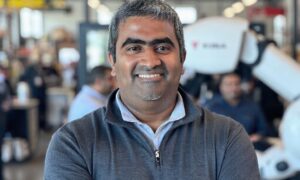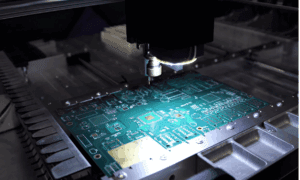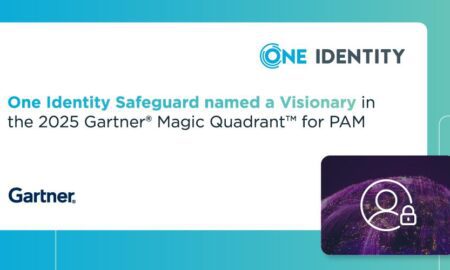2025 is when technological breakthroughs move from laboratories into real-world applications. Governments and corporations invest significantly in quantum computing, AI goes beyond automation, and biotechnology medicines address global health issues. The STO platform and similar blockchain-based systems enable secure data sharing while maintaining privacy protection across industries. Such breakthroughs reshuffle industries rather than making marginal progress.
Quantum Computing Breakthroughs Revolutionize Industries
Quantum computing companies experienced $650 million to $750 million in revenue in 2024 and are expected to exceed $1 billion in 2025. The revenue increase is evidence of accelerated deployment of quantum hardware among the private sector and defense industries. Google’s Willow quantum chip computer demonstrated significant advancements in error correction and performance, utilizing 105 physical qubits to perform complex calculations exponentially faster than supercomputers.
Commercial uses arise in various industries. NTT Docomo in Japan used a quantum optimizer to boost the use of its mobile network resources by 15%, while Japan Tobacco is researching hybrid quantum AI methods to be used in drug discovery. Banks prepare for the adoption of quantum computing as prospective early commercial applications are made available.
The technology is addressing the inherent limitations of classical computing. Whereas classical computers process information in terms of bits (0 or 1), quantum systems process information in qubits in the state of superposition. It makes processing massive data sets exponentially faster than the world’s fastest supercomputers today. The field of research is improving error correction, raising the number of qubits, and designing practical algorithms.
Key quantum computing breakthroughs of 2025 are:
Major tech companies are advancing quantum science boundaries across multiple fronts. IBM is focusing on pragmatism with 100-qubit circuits in the works, while Microsoft develops topological qubits for better stability. Exowatt and Sweetch Energy, to mention but a few, manufacture modular energy systems that collect solar energy as high-temperature heat and transform it to power by using osmotic energy.
Energy Infrastructure Revolution
Green energy technology advances to meet the rising demand from data centers and industrial applications. Exowatt has created modular energy systems, deployable rapidly, that capture solar energy as high-temperature heat, stored and converted on demand. Sweetch Energy is working on round-the-clock clean power from osmotic energy – the energy generated when freshwater comes into contact with saltwater.
Nuclear energy is experiencing renewed interest, backed by top technology companies. Small modular reactors (SMRs) offer cleaner, more flexible nuclear energy options than traditional large power plants. The systems address baseload power needs with renewable energy sources, addressing variable demand.
Artificial Intelligence Moves Beyond Automation
The top AI trends shaping 2025 are:
Artificial intelligence technologies transition from simple automation tools to autonomous agents that plan, act, and revise complex tasks. Agentic artificial intelligence characterizes computer programs intended to make choices and act to achieve some objectives without direction. Agentic AI incorporates memory, planning, environmental sensing, and tool usage to accomplish goals autonomously.
Biotechnology Breakthroughs Overcome Global Health Challenges
Gene editing technologies advance beyond pilot stages. 10 to 20 new gene therapies will become approved each year by 2025. CRISPR technology has applications in curing genetic disorders, creating better crop types, and designing new therapeutic approaches against cancer and age-related diseases.
AI transforms biotechnology R&D. AI platforms like Exscientia reduce drug development cycles from five years to 12–18 months. Machine learning algorithms predict molecular interactions, design ideal clinical trials, and identify new therapeutic targets within large biological datasets.
Innovation in biotechnology addresses a variety of large sectors:
IO Biotech in Copenhagen has been developing new bi-dual-action cancer vaccines that harness the immune system by activating immune T cells directly. Its most promising candidate has an 80% overall response rate for treatment in advanced melanoma, given FDA Breakthrough designation.
Sustainable Technology Integration
Environmental forces drive materials science and manufacturing technology innovation. Structural battery composite is a load-bearing material with built-in electrical energy storage, making electric cars lighter and more efficient. Such advancements address the problem of energy storage and reducing environmental footprints.
Biotech companies create sustainable substitutes for traditional materials. Petroleum plastics are substituted by materials grown in the lab, while engineered bacteria produce pharmaceuticals and industrial chemicals with reduced environmental footprints.



































